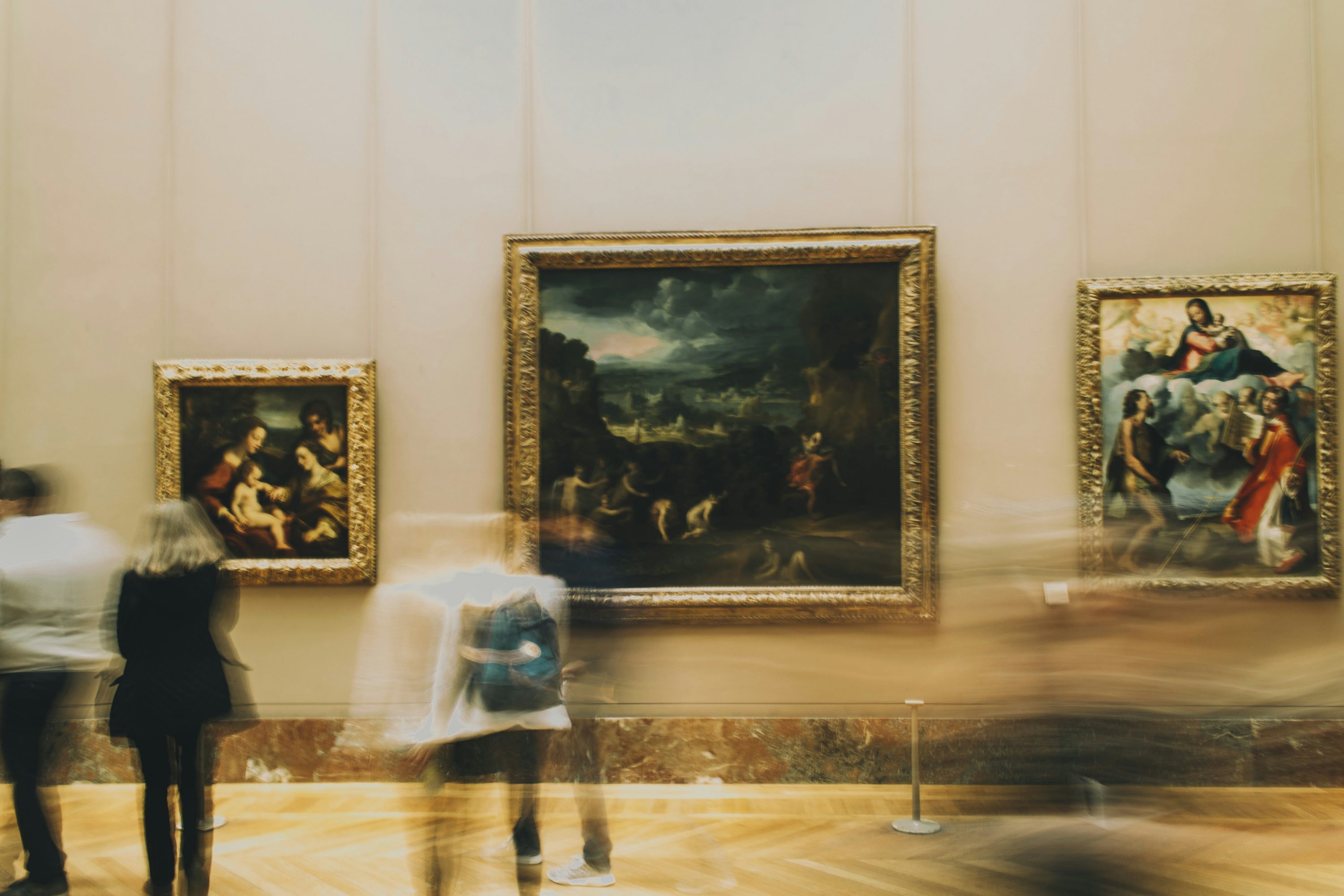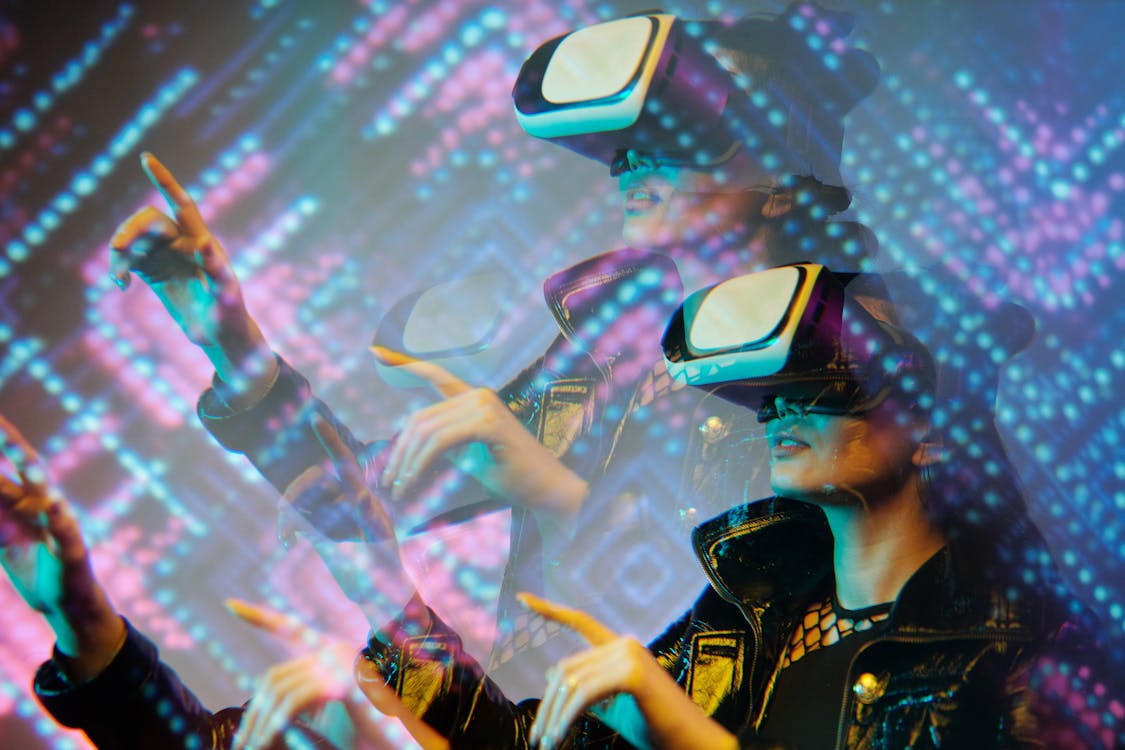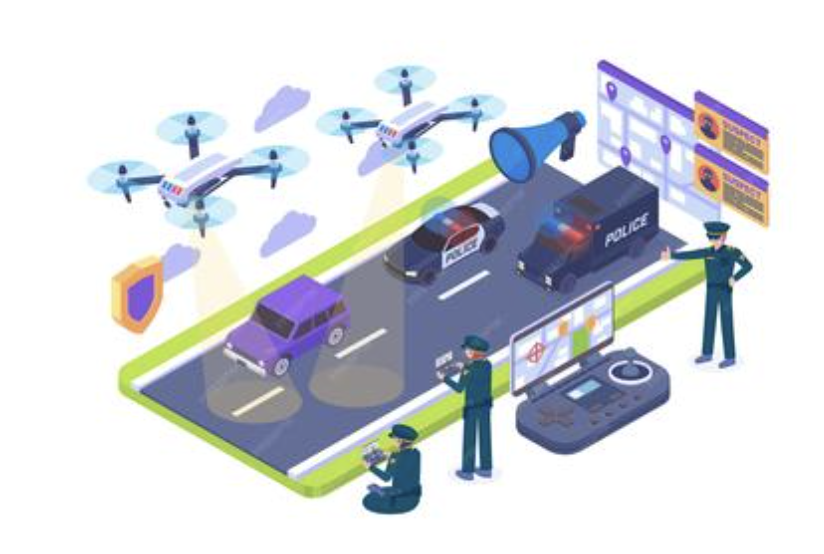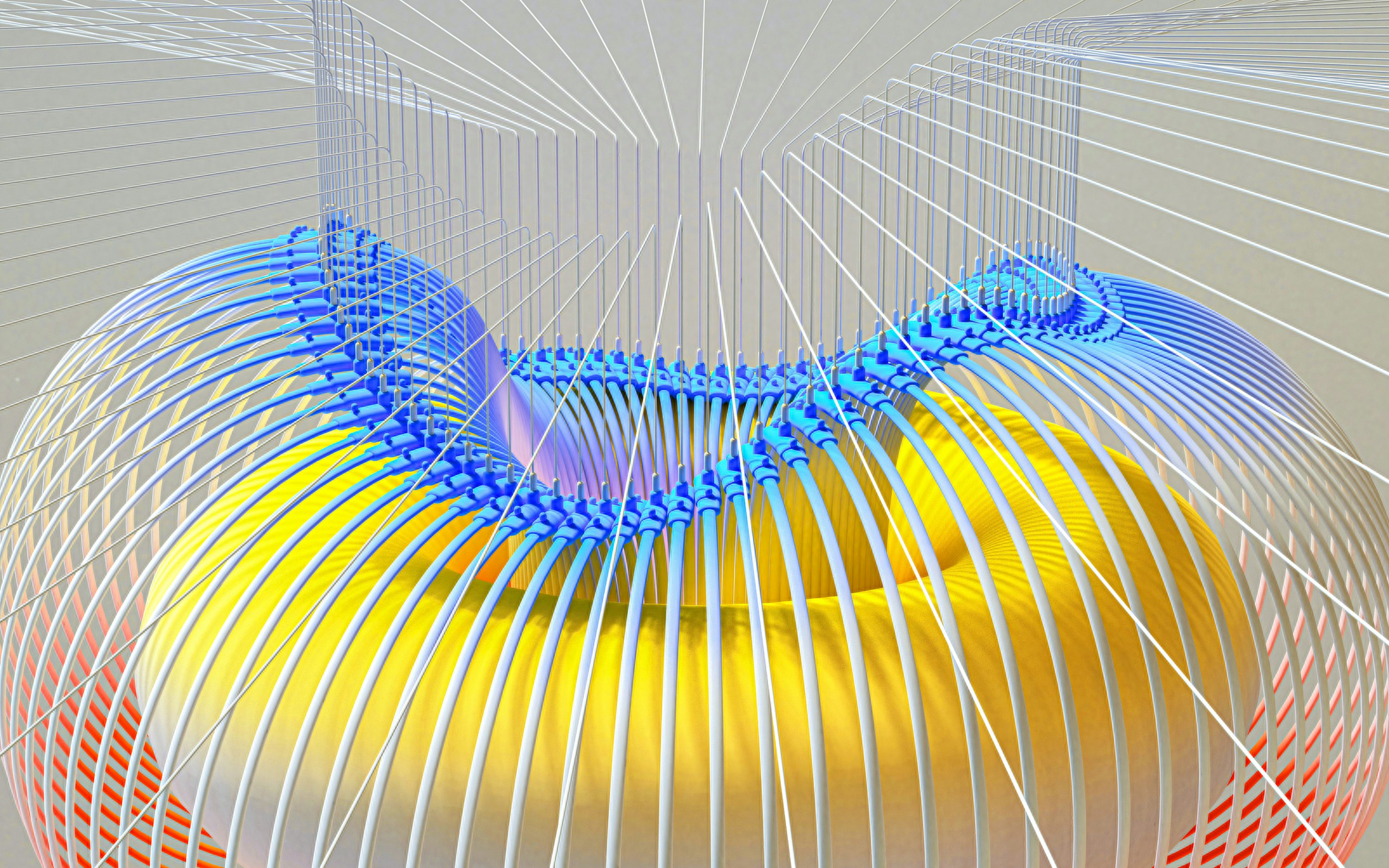In the surging digital wave, the integration of art and technology is nothing new. However, when augmented reality (AR) technology quietly enters the art field, an unprecedented visual revolution is quietly staged. This is a wonderful journey across the virtual reality, a brilliant spark from the collision between art and technology, and a vivid interpretation of the perfect integration of traditional aesthetics and modern technology.

Imagine that when you stand in front of a seemingly ordinary painting, the camera of your mobile phone is swept gently, and the picture is instantly "alive". In the quiet mountains and rivers, clouds began to curl up, gurgling streams flowed on the canvas, and the characters in the painting seemed to wake up from a deep sleep and waved to you. This is not an illusion, but a brand-new vitality given to works of art by AR technology. Through accurate image recognition and three-dimensional rendering, AR technology expands the two-dimensional picture into a dynamic and interactive three-dimensional space, so that the audience is no longer a passive viewer, but a participant immersed in it. Every painting has become an independent virtual world, waiting for the audience to explore and discover.
In museums and art galleries, AR technology is redefining the audience's viewing experience. Traditional exhibition boards are often boring, but with the help of AR application, the audience can get rich background information, historical stories and even the creative inspiration and process of the creators just by pointing their mobile phones at the exhibits. These messages are no longer cold words, but are presented through animation, audio, video and other forms, as if talking to the creator through time and space. For example, in the ancient Egyptian cultural relics exhibition area, through AR technology, the audience can see the scenes of ancient Egyptians building pyramids reappear, hear the incantations of ancient Egyptian priests, and feel the mystery and glory of that ancient civilization. This immersive experience not only makes art and history more vivid, but also greatly stimulates the audience's curiosity and desire to explore.

For artists, AR technology is a creative tool full of infinite possibilities. It breaks the physical limitations of traditional artistic creation and allows artists to seamlessly integrate virtual elements with real scenes. A street artist can project his graffiti works to every corner of the city through AR technology, so that these works will show different effects with the change of time and place. At night, graffiti works may flash neon lights, but during the day, they blend in with the surrounding buildings. This combination of reality and fiction not only expands the artistic expression, but also injects new vitality into urban culture.

However, the development of AR art is not smooth sailing. The complexity of technology, the popularity of equipment and copyright protection all restrict its development. But it is undeniable that AR technology has brought unprecedented opportunities to art. It makes art move from the palace to the public, from static to dynamic, from single to multiple. In this digital age, AR art, like a magician, lights up the starry sky of art with the magic wand of science and technology, and paints a more fantastic and wonderful future for us.




